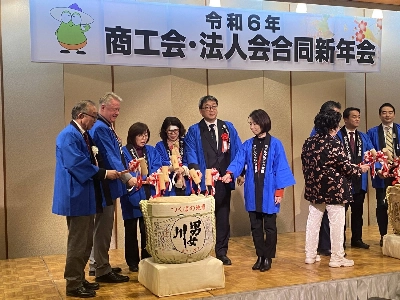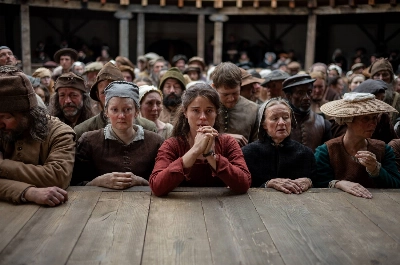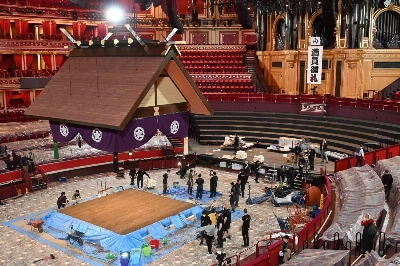Muroji, one of Japan's most beautiful temples, was founded near Nara in the late 8th century. Built on a few acres of flat land along a mountain slope, it is idyllic in its situation and quite modest in size. The pagoda is Japan's smallest, and it is perhaps the quite visible symmetry of this and the other structures in the compound that create the impression of a balanced and manageable charm.
Indeed, the place seems so much of a piece -- and so direct appear the connections of early beginnings with Nara learning, the Fujiwara family (Heian Period), and later with the Shingon sect -- that one learns with interest just how checkered its past was.
Recounting these "rearrangements" that created the present Muroji is the aim of Sherry D. Fowles who has written widely on her subject and here gathers and amalgamates her findings.


















With your current subscription plan you can comment on stories. However, before writing your first comment, please create a display name in the Profile section of your subscriber account page.